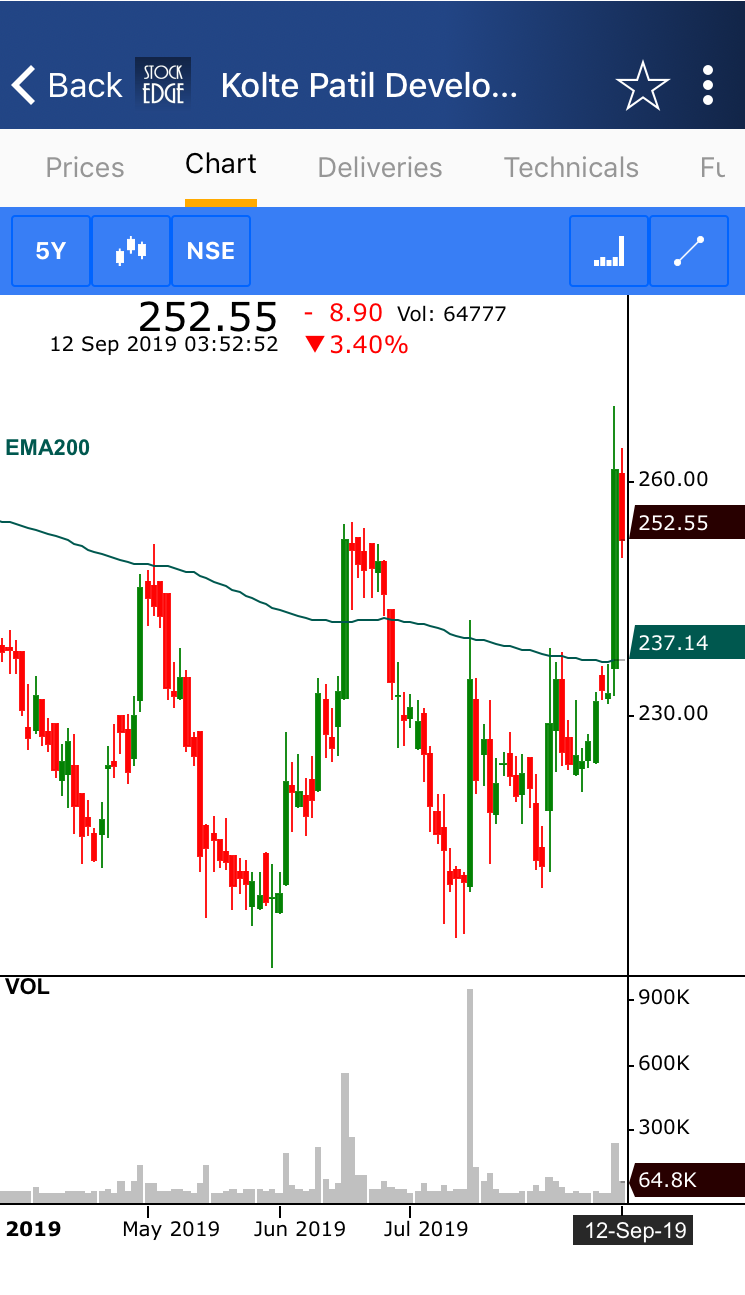
The second step involves calculating the weighting multiplier for the number of periods you want to calculate for the EMA.

As new data comes in the average is recalculated, thereby creating a “moving average.” If you want to calculate the SMA of the last 20 days, we simply sum up the values of the last 20 closing prices and divide by 20.įor example: Suppose closing price of a stock for the last 10 days are 1,2,3,4,5,6,7,8,9,10…the simple average is 1+2+3+4+5+6+7+8+9+10/ 10 = 5.5…here 10 is number of days. Since an EMA has to start somewhere, a simple moving average is used as the previous period’s EMA in the first calculation. First, you need to calculate the simple moving average (SMA) for the initial EMA value. How it is calculatedĬalculating an exponential moving average (EMA) involves three steps. Others also rely on it to identify entry and exit points. Day traders incorporate this indicator into charts to help determine trend, direction, and strength. The exponential moving average is an average price calculation over a certain time period that applies more weight on the most current price data causing it to react faster to price change.ĮMA is one of the oldest trading indicators and is used by thousands of traders today. In this article, we are going to discuss the exponential moving average (EMA), how it is calculated and how you can use it to make trading decisions. In addition, they allow traders to take a look at past performance and give a glimpse into where stock prices might go in the future. Moving averages are also useful for identifying support and resistance levels.

Traders often use moving averages to gauge market trends in order to raise their chances of success and take trades in the direction of the market.
Traders use moving averages on charts to help determine trend, direction, and strength, and are often used as entry and exit points.Ī moving average is essentially a measure of the average price of a security that is derived by averaging out the prices over a given period of time. Study> MovingAvgCrossover: 13 period EMA crosses below 34 period EMA price closeīut I am unable to find any study that can scan for the criteria of the stock trending up and its price never falls below the EMA 200 or 233 over a 90 days period.Īppreciate if any experienced traders can help to advise.An exponential moving average (EMA) is an average price calculation over a specific time period that puts more weight on the most recent price data causing it to react faster to price change. Study> MovingAverage_Scan : the close is at least 0.01% above 233 period EMA I manage to explore the scan filters in the thinkorswim scan>stock hacker section, which I set up to match 2 of the above criteria: Is there such a indicator for scanning pullback of a trending stock? Next is to look for pullback when the EMA13 crossover down the EMA34, but the stock price is still above the EMA233 line. I was trying to backtest a strategy that scan for stocks which are trending above a long-period EMA 200 or 233 (meaning the stock price never falls below the EMA 200 or 233) over a 90 days period. I am new to trading and thinkorswim, and has just started to look into a more systematic way of trading with a plan and a set of rules. Hi all, chanced upon this forum while googling for some trading indicator queries, and glad that I found this community.


 0 kommentar(er)
0 kommentar(er)
